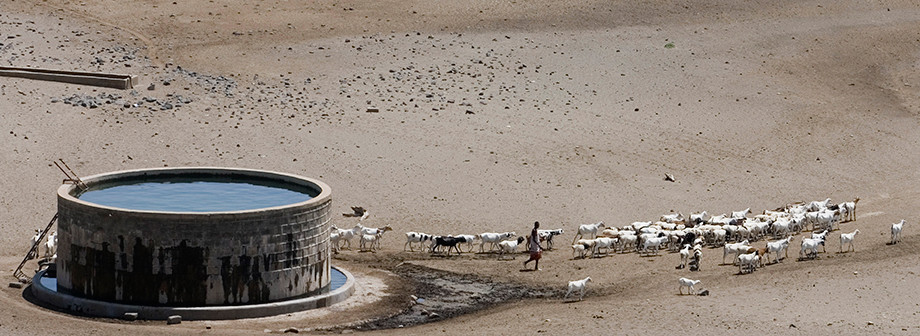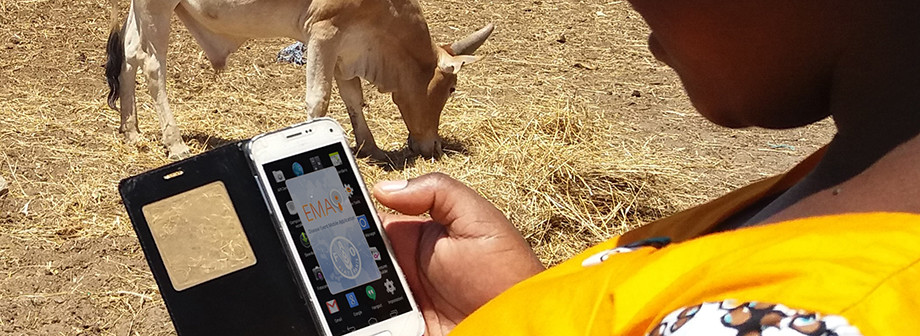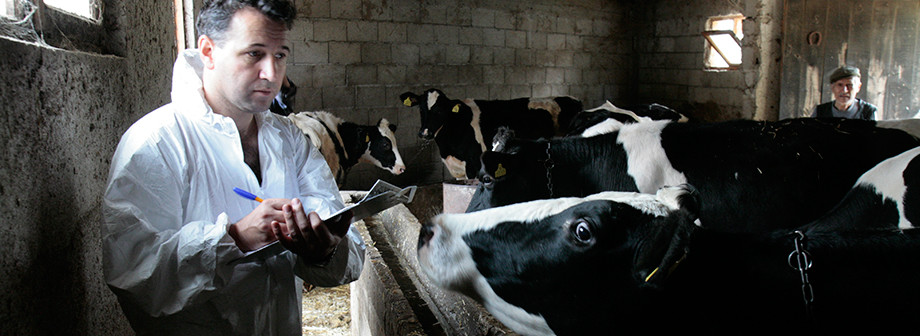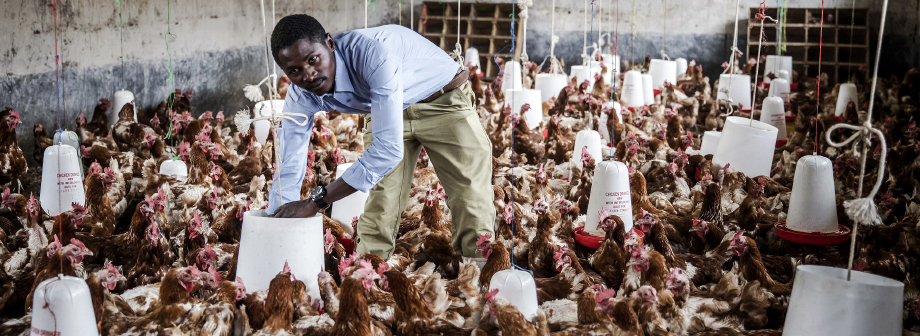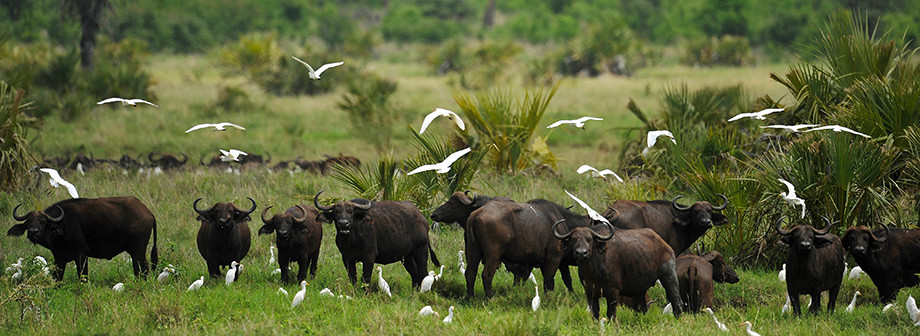FAO's role in animal health
The link between human and animal populations, and the surrounding environment, is particularly close in developing regions where animals provide transportation, draught power, fuel, clothing, high-quality proteins (meat, eggs and milk) and source of income. Therefore, animal health is a core element for sustainable development and livestock production.
As changes in livestock production increase the potential for new pathogens to emerge, grow and spread from animals to humans, healthy animals are closely related to healthy people and a healthy environment. Through the One Health approach, FAO contributes to improving animal health to make livestock production more productive and sustainable while achieving optimal health for all at the human-animal-environment interface.
Areas of work
Highlights
-influenza-in-dairy-cattle-in-the-united-states-of-america.png?sfvrsn=666a06f5_1)
publication
A(H5N1) influenza in dairy cattle in the United States of America
This edition of EMPRES Watch focuses on the detection and subsequent spread of A(H5N1) in dairy cattle across the United States of America, and presents the latest updates on the risks and recommendations.
-in-brief.png?sfvrsn=c4055053_1)
publication
Global strategy for the prevention and control of highly pathogenic avian influenza (2024–2033). In brief
This four-pager document provides a high-level strategic direction to support and inform the development and/or revision of national and regional action plans for HPAI prevention and control.

news
Empowering women's leadership in One Health — insights from West Africa
Nafinatu Abdullahi, Veterinary Paraprofessional Training Specialist at FAO Nigeria, reflects on the importance of empowering women in leadership roles to address challenges and drive progress in community health and gender equality in the country.
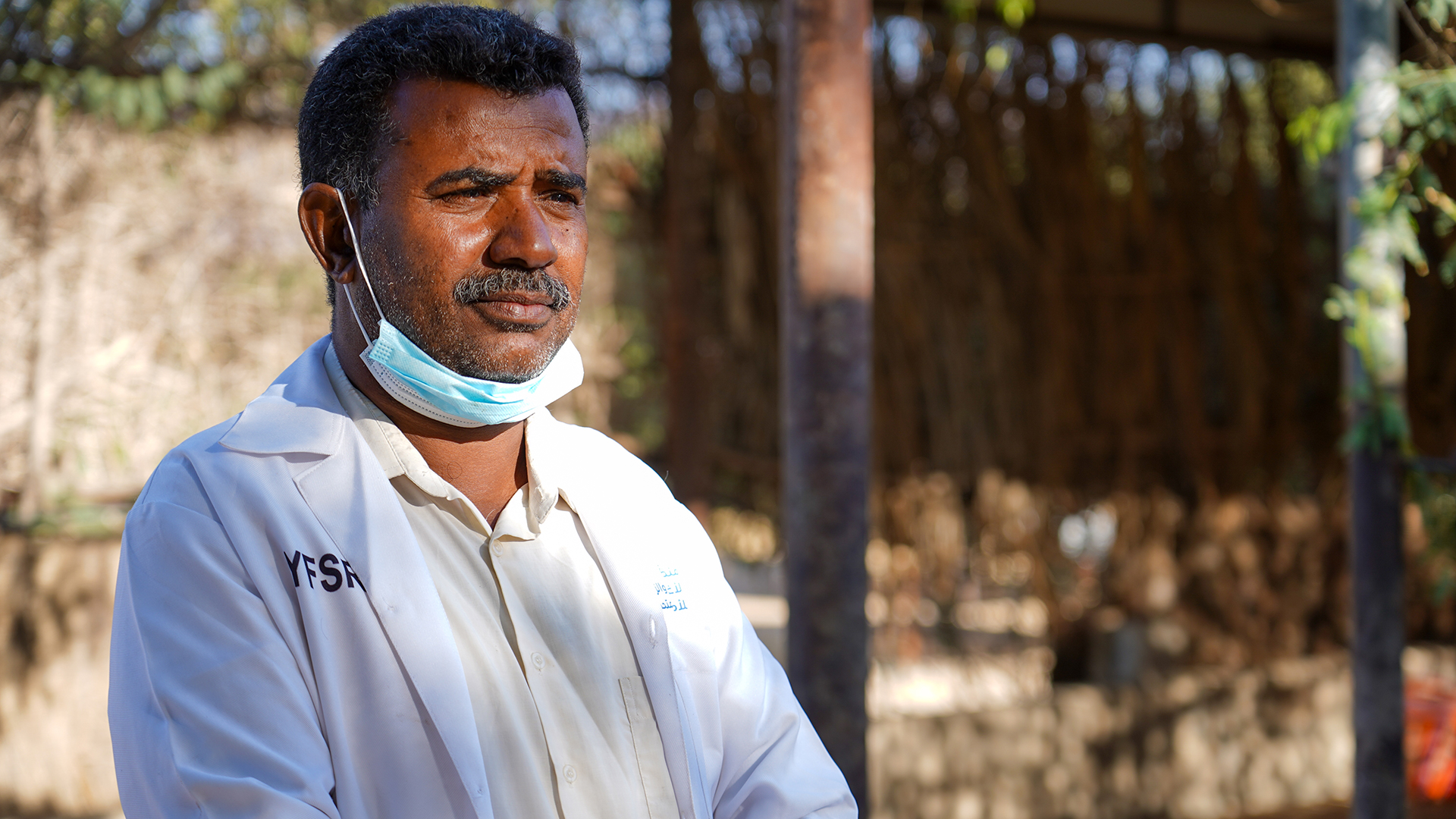
stories
Fighting animal diseases in Yemen
Tariq Al-Haidari is one of 200 community animal health workers trained by the Food and Agriculture Organization of the United Nations through a project funded by the World Bank.
.jpg?sfvrsn=521f73fe_11)
programmes
Programme Against African Trypanosomosis (PAAT)
African trypanosomosis is a lethal parasitic disease caused by single-celled organisms transmitted by blood-sucking tsetse flies. The disease affects both humans (sleeping sickness) and livestock (nagana).
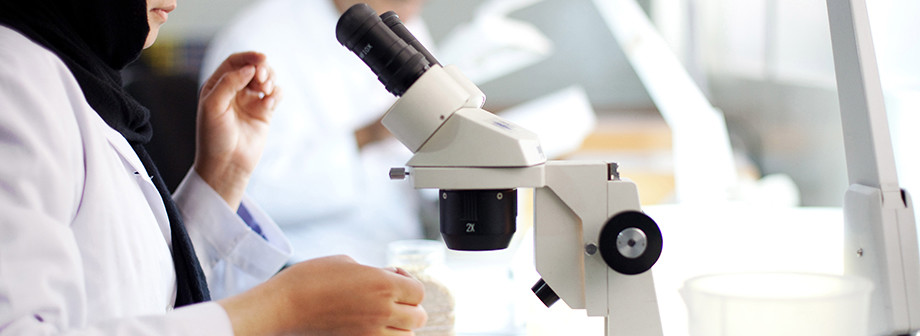
In focus
FAO Reference Centres
The FAO Reference Centres for animal health are institutions designated by the Director-General to provide specific and technical device and services to FAO Member Countries on issues related to FAO’s mandate.
Events
8/ 10
2024
Global webinar on rabies
Virtual Event, 08/10/2024
To commemorate World Rabies Day 2024, this FAO webinar will share information about FAO’s activities and countries’ experience on using the One Health approach to tackle rabies.
26/ 9
2024
Update on the origin, changing path and response to the 2022-2024 HPAI outbreak in the United States of America
Virtual Event, 26/09/2024
This webinar will focus on the highly pathogenic avian influenza (HPAI) outbreak of 2022-2024 in the United States of America and provide global context to the disease in wildlife and wild bird populations. It will explore the known contributions of wildlife and birds to the ongoing outbreak, coordination of mortality investigations...
25/ 9
2024
Towards a sustainable future: Leading the fight against transboundary pests and diseases
Hybrid Event, 25/09/2024
A special event marking the 30th anniversary of the Emergency Prevention System (EMPRES) for Transboundary Animal and Plant pests and diseases, a flagship programme of FAO. Since its establishment in 1994, EMPRES has played a critical role in safeguarding global food security by preventing and controlling the spread of transboundary...
Videos
How climate change affects animal health
10/07/2023
Livestock play a vital role in our diets, providing 33% of high-quality protein and 17% of our dietary calories globally. However, climate change is...
Working together to eradicate Peste des Petits Ruminants
10/01/2020
This video explains what Peste des Petits Ruminants is, how it affects sheep and goats, its potential impact on farmers’ livelihoods and incomes, and...
Global disease intelligence and tracking through FAO EMPRES-i+
10/01/2022
EMPRES-i+ is FAO’s new global animal disease information system that aims to improve intelligence, forecasting and early warning, enabling countries...

